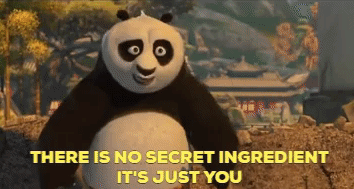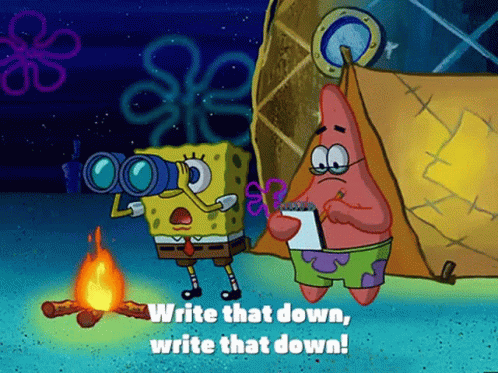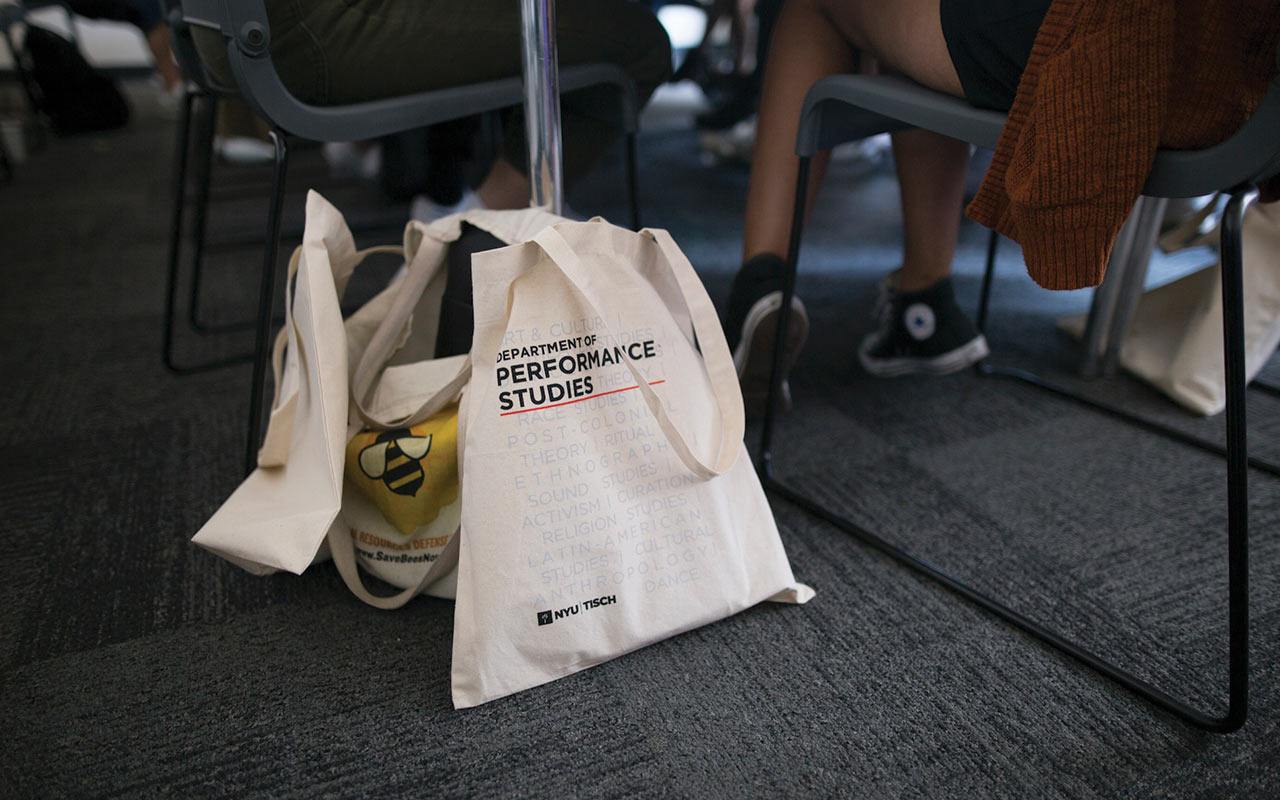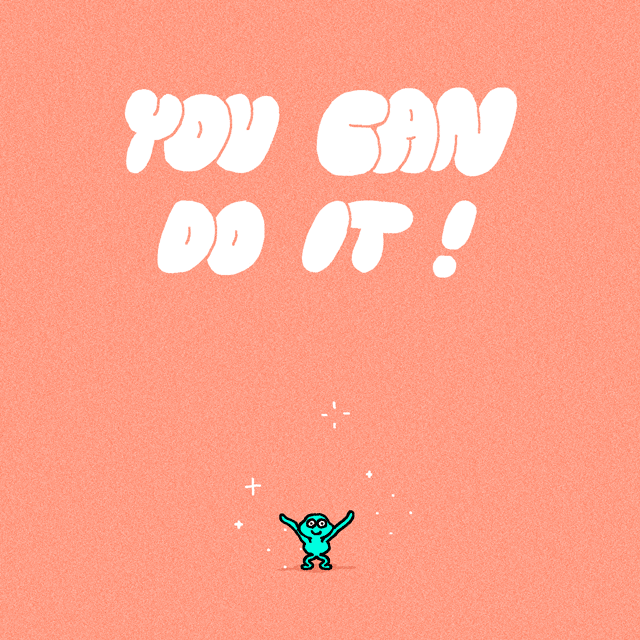Published March 10, 2023
Building Your Portfolio: Advice from a Tisch Student

Applying to the Tisch School of the Arts isn’t too different from applying to other colleges at NYU. You still need to submit the Common Application and your high school transcript. However, if you are applying to the following majors at Tisch, you will need to submit a portfolio in addition to your application:
- Cinema Studies
- Collaborative Arts
- Dramatic Writing
- Film and Television
- Game Design
- Interactive Media Arts
- Performance Studies
- Photography and Imaging
- Recorded Music
Submitting a portfolio was pretty nerve-racking for me. I’m a first-generation college student, so I had little knowledge of the general college process, let alone applying to art school. Now I’m a junior at Tisch studying dramatic writing (it’s an amazing program, by the way!).
So here are some tips and tricks to navigating the Tisch portfolio from someone who made it through the process!
What Is the Portfolio?
Let’s take a step back.
The portfolio is typically a combination of essay questions and creative samples. The essay questions are where you will express your interest in the major and the field, while creative samples are where you showcase your craft. What you will submit as a creative sample depends on the major you’re applying to, but each program details what they accept as a sample.
“But What Is Tisch Really Looking For?”
I get asked this question all the time when I’m giving tours, and I get it. When I was applying, I really wanted to create something the Tisch admissions team would like. But, three years later, I can say with confidence…there’s no right answer.
I know it sounds cliché, but hear me out!
When I applied, I submitted two short films and a play, all of which were from the same genre. Some people submitted science fiction short films, others submitted poetry and radio plays. There’s so much variety in what “got” people into their programs. There really is no secret ingredient. So don’t stress about making something the admissions team will like.
Aim to make something you like.

Brainstorm
If you’re selecting old work, pick what you’re proud of (but ensure it fits the instructions outlined by your program). If you’re creating something new:
Create What YOU Want to See in the World and Do That to the Best of YOUR Ability
Is there something you’ve been thinking about making since forever? Maybe there’s a topic/problem/issue/idea you’ve been dwelling on. Is there something you want to say but could never get out in words? Or, on a less deep note, maybe there’s something fun you’d like to work on.
Whatever those ideas may be, use them! Write down whatever comes to mind.

Create
Pleeeeease Start Early!
I cannot stress this enough! Ideally, you should start your portfolio the summer before your senior year. As a senior, you will most likely have college essays to write on top of schoolwork, clubs, and the portfolio. It can be a lot. So working on the portfolio early helps reduce stress in the process. Because, at least for me, stress and creativity don’t mix.
But hey, stuff happens, and if you do end up starting it later, just try to manage your time wisely. Everyone has their own time management process, so figure out what works best for you.
I’m someone who likes deadlines, so I looked for classes and after-school activities that would allow me to develop my own portfolio and give me deadlines to hit my goals. That’s when I found the Future Dramatic Writers program, a 14-week spring program for high school students in the New York metropolitan area. This program allowed me to develop my creative samples, hone my craft, and learn more about the Dramatic Writing major.

Review
Great! So We’re Done, Right?
Well…no, not yet.
I think it’s helpful to get a fresh pair of eyes on your work. Show it to someone without explaining what it is and pick their brain. But there’s a balance. Too much review might confuse you and, ultimately, confuse what you’re trying to showcase in your work. Just keep that in mind.
Final Tips
In short, create the work you want to see in the world to the best of your ability. I want to emphasize the “best of your ability” part because your portfolio doesn’t have to be perfect! Please don’t put that kind of pressure on yourself. You don’t need a specific camera or software to create an awesome portfolio. Use whatever resources that are available to you.
Trust your gut. Trust the process.
Now go forth and make some art! You’ve got this!




